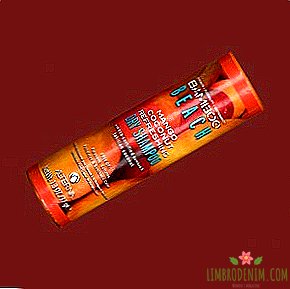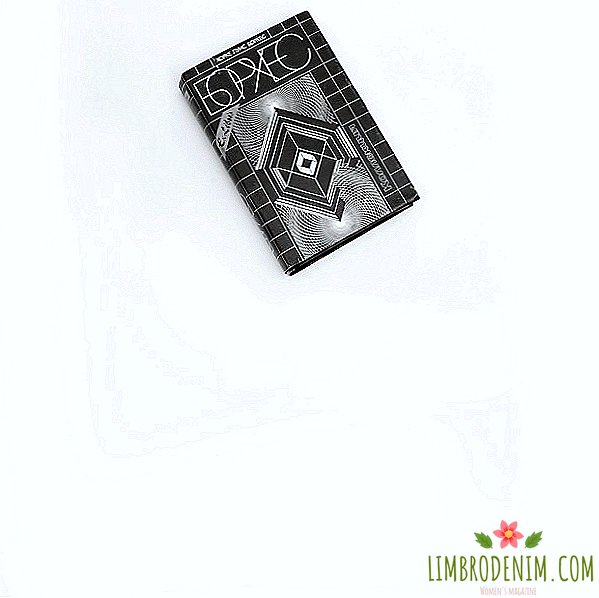Question to the expert: Is Botox dangerous and to whom is it shown?
Interview: Valery Yudin
Answers to most questions that concern us we are all used to searching online. In this series of materials we ask exactly such questions - burning, unexpected or common - to professionals in various fields.

The popularity of injection cosmetology is growing, and discussions around it are not dying down. The greatest interest is caused by botulinum toxin preparations, popularly known as Botox. Dermatologist and cosmetologist Yulia Shcherbatova told how they were used at first, what they are used for today, and to whom botulinum toxin injections can be indicated.
Julia Shcherbatova
dermatocosmetologist, candidate of medical sciences, founder of "Clinic of modern cosmetology Yulia Shcherbatova"
 What is commonly called the word "Botox", properly called botulinum therapy. Today you can find many drugs based on botulinum toxin A, and Botox is just one of the registered brands. All these drugs are slightly different: each manufacturer has its own method of obtaining and cleaning the drug, and this affects its dosage and distribution in the tissues. However, their final properties are identical - they all block the transmission of nerve impulses.
What is commonly called the word "Botox", properly called botulinum therapy. Today you can find many drugs based on botulinum toxin A, and Botox is just one of the registered brands. All these drugs are slightly different: each manufacturer has its own method of obtaining and cleaning the drug, and this affects its dosage and distribution in the tissues. However, their final properties are identical - they all block the transmission of nerve impulses.
In 1949, scientists discovered that botulinum toxin disrupts neuromuscular transmission, and in the 1950s, Dr. Vernon Brooks discovered that if you introduce neurotoxin into hyperactive muscles, they relax. In medicine, botulinum therapy was first used on man for the treatment of strabismus. Today it is used to treat an overactive bladder, to prevent headaches in people with chronic severe migraine, muscle spasticity after a stroke, torticollis in adolescents, blepharospasm and strabismus in children from twelve years of age. Blocking nerve impulses helps to improve the condition of patients with rosacea, scar formation, increased sweating, oily seborrhea, and a certain type of baldness. In addition, the possibility of using botulinum therapy for the treatment of postoperative pain and even depression is being explored. By the way, in "big medicine" the drug is used in dosages much higher than those used in cosmetology.
The cosmetic effect of botulinum toxin to correct wrinkles was first discovered by plastic surgeon Richard Clark. He published the results of his research in the journal Plastic and Reconstructive Surgery in 1989. After official testing in 2002, the FDA approved botulinum toxin for use in cosmetology. Today it is one of the most well-studied molecules: drugs with it have learned to clean, reducing side effects, but not losing in effectiveness.

Doctors-dermatologists and cosmetologists select the dosage and injection zones so as not to allow wrinkles, while maintaining facial mobility
As with any medical procedure, botulinum therapy is carried out according to indications. Wrinkles that are not always serve as these indications: sometimes injections are prescribed preventively - for example, if a person has active facial expressions and does not want it to turn into creases with age. Does this mean that you keep a smooth face forever? Not. Mimic wrinkles will appear, but later than they could, and will not be so pronounced and deep. If this is important to you, then such measures will greatly facilitate the work of a cosmetologist in five, ten and fifteen years.
After injections of botulinum toxin, the face should not turn into a non-emotional mask. If this happens, this is a medical error: it means either the drug is too much or it has been incorrectly administered. Modern dermatologists-cosmetologists select the dosage and injection zones so as not to allow wrinkles, while preserving the mobility of the face. Therefore, the principle of “first do a little, and then dole if necessary” is the most correct one.
That, whether it is worth repeating injections and how often it can be done, is very individual. Someone stops wrinkling his forehead after one or two sessions, but the majority is recommended to repeat the drug every six months to nine months. The art is to choose the dose and method of drug administration for a particular patient. Botulinum therapy is one of the most popular and well-studied procedures: in the first year after approval in the USA, it was performed about 2.2 million times; today it is made there more than six million times a year. Anyway, this is just a medical procedure: if there is a desire and testimony, it can be done, if not, not to do it. And, of course, you should choose a doctor who inspires confidence.
Photo: extender_01 - stock.adobe.com, Petr Malyshev - stock.adobe.com




